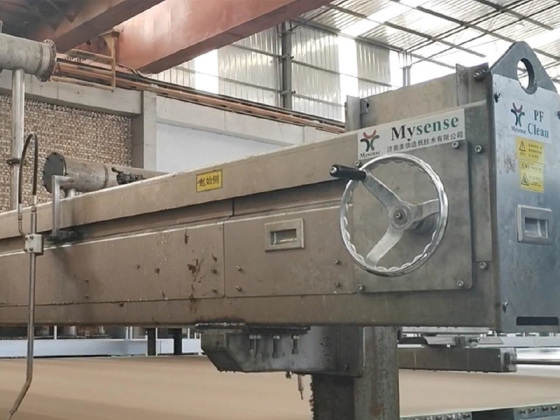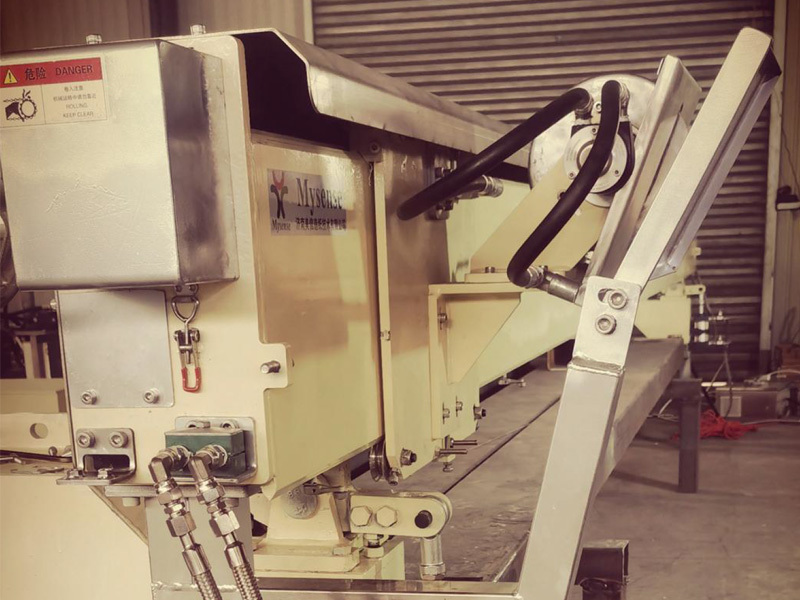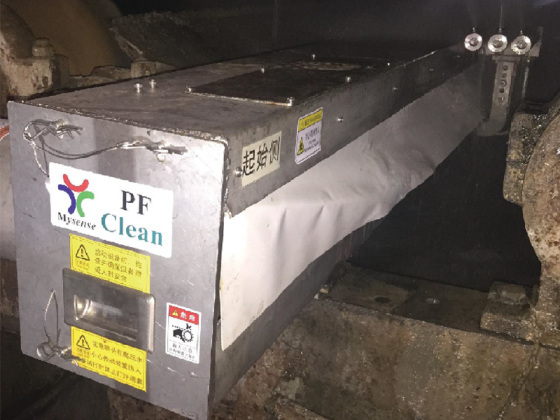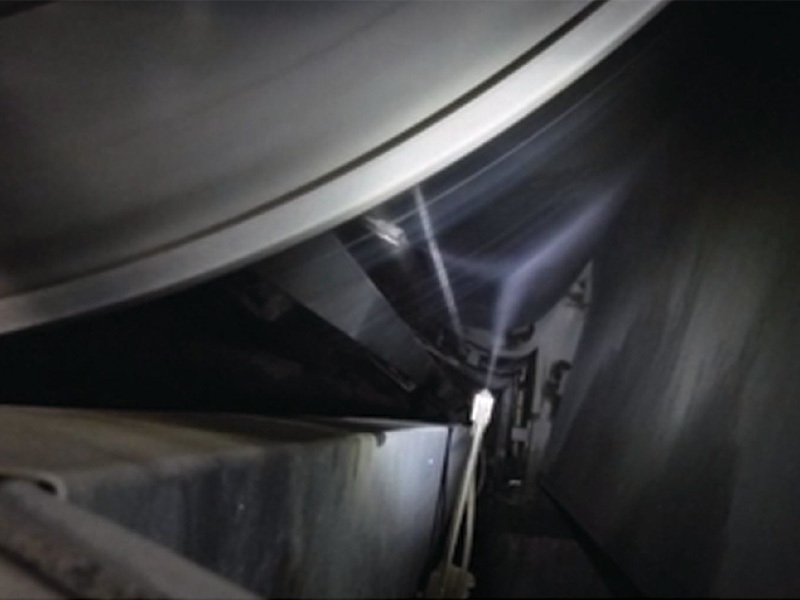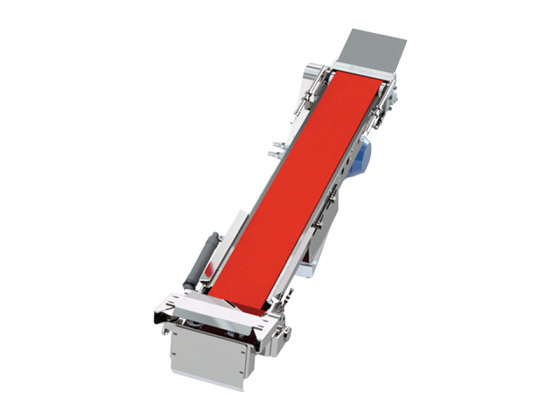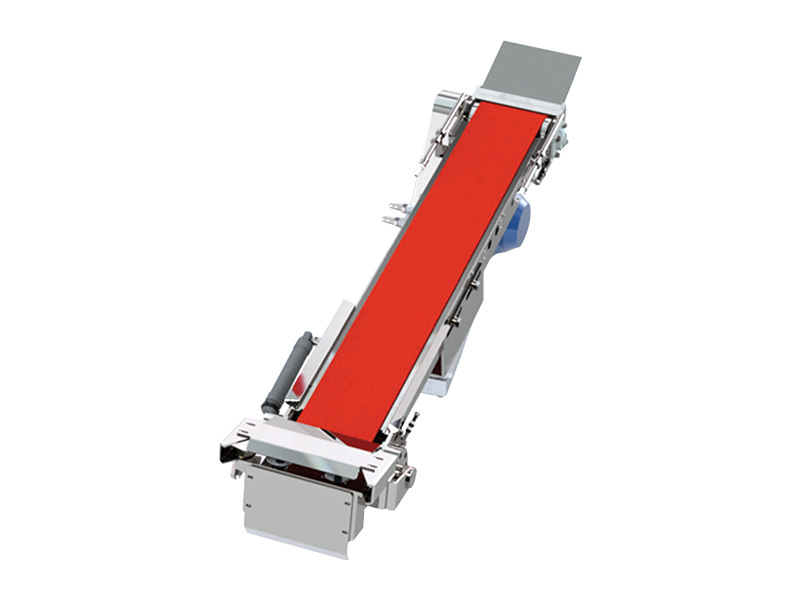Maximizing Efficiency: Innovative Strategies for Implementing Vacuum Roll Technology in Manufacturing Processes
Published on:
2025-01-20 16:00
Maximizing Efficiency: Innovative Strategies for Implementing Vacuum Roll Technology in Manufacturing Processes
Table of Contents
- 1. Introduction to Vacuum Roll Technology in Manufacturing
- 2. Understanding the Mechanics of Vacuum Rolls
- 3. Benefits of Implementing Vacuum Roll Technology
- 4. Strategies for Effective Implementation of Vacuum Rolls
- 4.1. Comprehensive Planning and Assessment
- 4.2. Employee Training and Skill Development
- 4.3. Regular Maintenance and Troubleshooting
- 4.4. Integrating Vacuum Rolls with Existing Systems
- 5. Case Studies: Successful Implementations of Vacuum Rolls
- 6. The Future of Vacuum Roll Technology in Manufacturing
- 7. Conclusion
- 8. Frequently Asked Questions
1. Introduction to Vacuum Roll Technology in Manufacturing
In the rapidly evolving landscape of manufacturing, **vacuum roll technology** stands out as an innovation that significantly enhances production efficiency. This technology harnesses the power of vacuum suction to facilitate the handling and movement of materials during various production processes. By optimizing the flow of materials, vacuum rolls can reduce waste, increase speed, and improve overall output.
As industries strive to meet growing customer demands while minimizing costs, the integration of vacuum roll technology offers a practical solution. This article explores the mechanics, benefits, and strategic implementation of vacuum rolls in manufacturing processes, aiming to equip professionals with the knowledge to maximize their operational efficiency.
2. Understanding the Mechanics of Vacuum Rolls
Vacuum rolls operate on a simple yet effective principle: they create a vacuum that adheres to materials, allowing for smooth transport and handling throughout various manufacturing stages. This mechanism can be particularly beneficial in industries that involve handling delicate or lightweight materials, such as paper, textiles, and packaging.
**Key components** of vacuum roll systems include:
- **Vacuum pumps**: Generate the suction necessary for material handling.
- **Rollers**: Designed with perforations to facilitate the absorption of air and maintain the vacuum.
- **Controls**: Allow for precise adjustments in suction strength and roll speed, ensuring optimal performance tailored to specific materials.
Understanding these components and their functions is critical for effectively implementing vacuum rolls in manufacturing operations.
3. Benefits of Implementing Vacuum Roll Technology
The adoption of vacuum roll technology comes with numerous advantages that can significantly impact a manufacturing facility's productivity and bottom line. Some notable benefits include:
3.1 Enhanced Material Handling
Vacuum rolls allow for more efficient and gentle handling of materials, reducing the risk of damage and ensuring higher quality output. This is particularly important in industries where product integrity is paramount.
3.2 Improved Production Speed
By automating the material movement process, vacuum rolls can dramatically increase production speed. This leads to quicker turnaround times and the ability to meet tight deadlines without compromising quality.
3.3 Cost Savings
The efficiencies gained from implementing vacuum rolls can result in significant cost savings. Reduced material waste and lower labor costs, combined with increased output, create favorable economic conditions for manufacturers.
3.4 Versatility Across Industries
Vacuum roll technology is adaptable to various manufacturing sectors, including automotive, electronics, textiles, and food processing. This versatility allows manufacturers to apply the technology in multiple processes.
4. Strategies for Effective Implementation of Vacuum Rolls
Successfully integrating vacuum roll technology into your manufacturing processes requires thoughtful planning and execution. Here are some strategic steps to consider:
4.1 Comprehensive Planning and Assessment
Before implementing vacuum rolls, conduct a thorough assessment of your current manufacturing processes. Identify areas where vacuum technology can add value, such as reducing bottlenecks or improving material handling. Develop a **detailed implementation plan** that outlines objectives, timelines, and resources needed.
4.2 Employee Training and Skill Development
Training your workforce is essential for the successful adoption of new technologies. Implement a training program focused on the operation and maintenance of vacuum rolls. Ensure that employees understand the benefits and functionality of the technology, fostering a culture of innovation and continuous improvement.
4.3 Regular Maintenance and Troubleshooting
To maximize the lifespan and efficiency of vacuum rolls, establish a regular maintenance schedule. This should include routine inspections, cleaning, and troubleshooting potential issues before they escalate. A proactive maintenance approach can prevent costly downtimes and ensure smooth operations.
4.4 Integrating Vacuum Rolls with Existing Systems
Successful implementation of vacuum roll technology requires seamless integration with existing manufacturing systems. Work closely with engineers and systems integrators to ensure that the vacuum rolls are compatible with your current machinery and workflows. This will facilitate a smooth transition and optimize overall performance.
5. Case Studies: Successful Implementations of Vacuum Rolls
Examining real-world applications of vacuum roll technology can provide valuable insights into its effectiveness. Here, we highlight a few case studies that demonstrate the successful implementation of vacuum rolls in diverse manufacturing environments:
5.1 Automotive Manufacturing
In an automotive manufacturing plant, the introduction of vacuum rolls for handling lightweight components improved the efficiency of assembly lines. The vacuum system minimized manual handling, reduced injuries, and enhanced overall productivity.
5.2 Food Processing
A food processing facility adopted vacuum rolls for transporting delicate food products without damaging them. This not only preserved the quality of the products but also sped up the packing process, resulting in increased output and customer satisfaction.
5.3 Textile Industry
A textile manufacturer integrated vacuum rolls to automate the movement of fabric rolls. This led to a more streamlined production workflow, reduced labor costs, and improved inventory management.
6. The Future of Vacuum Roll Technology in Manufacturing
As technology continues to advance, the future of vacuum roll technology in manufacturing looks promising. Innovations such as **smart vacuum systems** equipped with IoT capabilities will enable real-time monitoring and optimization of production processes. This will provide manufacturers with valuable data insights, allowing for continuous improvement and adaptation to changing market demands.
Moreover, as sustainability becomes a central focus in manufacturing, vacuum roll systems can contribute to eco-friendly practices by reducing waste and optimizing resource utilization. Investing in this technology today positions companies for long-term success in an increasingly competitive market.
7. Conclusion
Implementing vacuum roll technology in manufacturing processes offers a wealth of benefits, from enhanced material handling and production speed to significant cost savings. By following strategic implementation steps, including comprehensive planning, employee training, regular maintenance, and seamless integration, manufacturers can harness the full potential of this innovative technology.
As industries evolve, those who adopt such advancements will not only improve their operational efficiency but also maintain a competitive edge in the marketplace. Embracing vacuum roll technology is a proactive step toward achieving greater productivity and sustainability in manufacturing.
8. Frequently Asked Questions
1. What industries benefit the most from vacuum roll technology?
Vacuum roll technology is particularly beneficial in industries such as automotive, food processing, textiles, packaging, and electronics, where efficient material handling and transportation are crucial.
2. How can I determine if vacuum rolls are suitable for my manufacturing process?
Conduct a comprehensive assessment of your current processes to identify areas where vacuum rolls could enhance efficiency. Consider factors such as the types of materials handled, production speed, and quality requirements.
3. What are some common maintenance tasks for vacuum rolls?
Regular maintenance tasks include inspecting vacuum pumps, cleaning roller surfaces, checking for leaks, and ensuring that controls are functioning correctly.
4. Can vacuum rolls be integrated with existing manufacturing equipment?
Yes, vacuum rolls can often be integrated with existing manufacturing systems. Working with engineers and systems integrators can help ensure compatibility and optimize performance.
5. What advancements can we expect in vacuum roll technology in the future?
Future advancements may include smart vacuum systems that utilize IoT for real-time monitoring, improved energy efficiency, and enhanced automation features, contributing to greater sustainability in manufacturing processes.
Latest News



